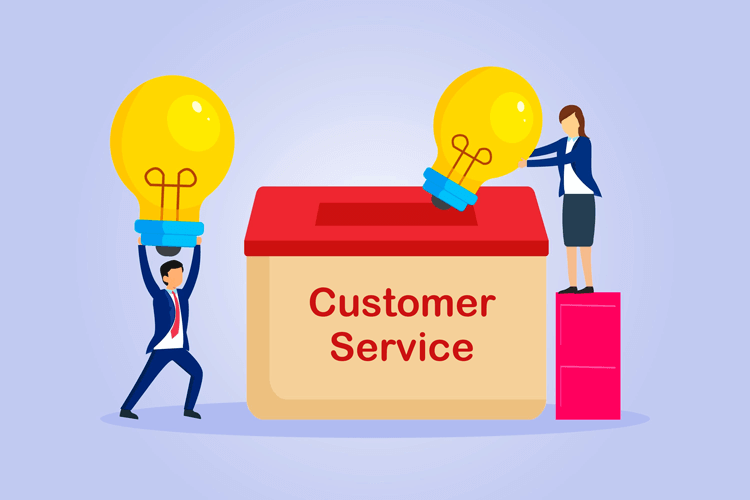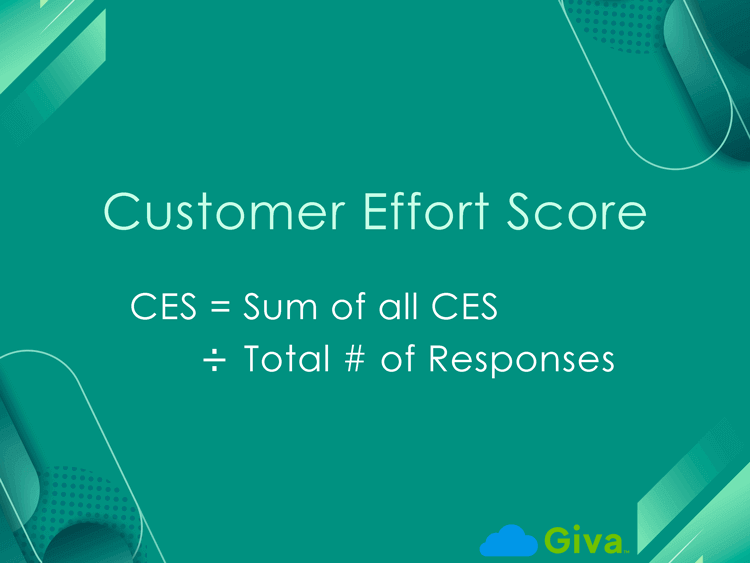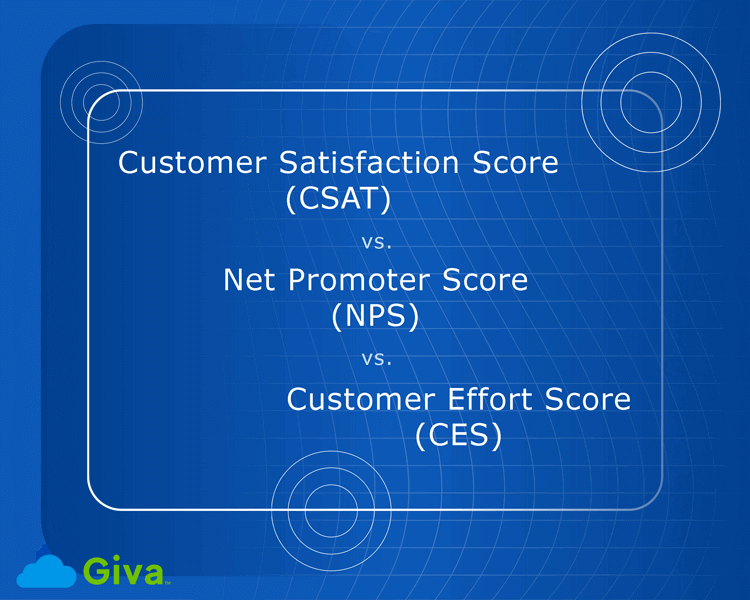10 Best Outsourced Customer Service Providers for 2026
Delivering good customer service has never been more important. Customers now move quickly from brand to brand, and a single poor interaction can cause someone to switch. On the other hand, great service builds trust, loyalty, and referrals. Because of this, many companies are turning to outsourced customer service providers instead of building the needed internal teams.











